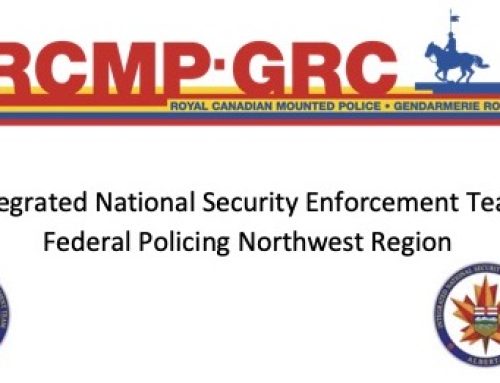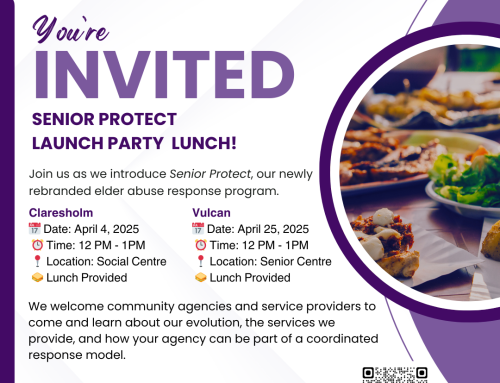Alberta Health Services (AHS) had made the difficult decision to limit access for family and visitors at our acute care, ambulatory care and urgent care/emergency sites. We are now in the process of progressively restoring access. Patients and families are still encouraged to maintain contact with each other virtually, rather than in-person at the hospital, to reduce the risk of contracting and spreading the COVID-19 virus.
Patients can have designated support persons and should be asked who they would identify for their support. The following applies to designated support persons’ access:
• All in-patients – two (2) designated support persons at the same time if space permits;
• Emergency and Urgent Care – one (1) designated support person;
• UPDATED AUGUST 9 – Pediatric Ambulatory – two (2) designated support persons at the same time;
Due to COVID-19 Variants of Concern, a confirmed outbreak at a site may require additional access restrictions for designated support persons and visitors. Please contact the site before coming for the most current access requirements and restrictions.
A designated support person:
• Is an individual identified by the patient as a needed support;
• Is someone the patient wants involved in their care and health matters;
• Is 14 years of age or older;
• Can be a family member, close friend, or an informal/hired caregiver;
• Should be included as much as the patient/alternate decision-maker requests;
• Cannot be on isolation or quarantine for suspected, or confirmed, COVID-19 unless meeting the criteria of an exemption (see below section Chief Medical Officer of Health Exemptions);
• Can support a patient with suspected/confirmed COVID-19 with approval and direction from Infection Prevention & Control (IP&C); and A patient may identify a replacement designated support person if the original individual cannot perform their role due to quarantine, isolation, caregiver fatigue, etc
A visitor is anyone not identified as a designated support person, and access is currently limited to:
• Individuals that have received government approved compassionate exemptions; and/or
• Community spiritual/religious care providers, Indigenous elders and traditional knowledge keepers requested by the patient/alternate decision maker at the end-of-life; and/or
• Legal supports requested by the patient/alternate decision-maker at the end-of-life; and/or
• Any individual with a scheduled visit to see a patient at the end-of-life.
Responsibilities of designated support persons and visitors when at a site:
• Must complete COVID-19 screening before entering a site;
• Must wear the provided AHS Designated Family/Support or Visitor identification;
• Must continuously mask at all times or, if unable to mask, or having an official masking exception, must follow the requirements outlined in the AHS Directive: Use of Masks During COVID-19;
• Must perform hand hygiene when entering/leaving the facility and when entering/leaving the patient’s room;
• Must practice physically distancing from others;
• Shall remain in the patient’s room and minimize movement throughout the facility unless cleared with the patient’s health care team and only if masking/physical distancing can be maintained.
Immunized individuals: are still required to complete screening and practice hand hygiene, physical distancing and continuous masking when at the site.
Patient Belongings: Patients can have necessary belongings brought to them by their designated support persons (e.g., electronic devices, charging cables, toiletries, supportive footwear, and clothing in a cleanable container). Items must be cleaned or disinfected as appropriate, prior to being brought in by the patient’s designated support person and again at the service area before being given to the patient.
Supporting patients at end-of-life:
• Patients are considered to be at end-of-life during the last four (4) to six (6) weeks of life;
• End-of-life is the only circumstance when designated support persons and visitors are to be accommodated by all clinical areas;
• All persons considered to be at end-of-life can have two (2) designated support persons who can be on site as much as the patient requests;
• Visitors need to pre-book seeing the patient with the site/unit;
• Schedule time between visitors to avoid queueing;
• Advise visitors before they come of site access requirements (e.g., continuous masking);
• Visitors should leave the site as soon as their visit is complete;
• Community spiritual/religious care providers, Indigenous elders and traditional knowledge keepers can schedule time to visit, or to perform end of life ceremonies, rituals and rites as requested by the patient;
• The maximum number of designated support persons and visitors with the patient at one time is three (3), space permitting;
• Physical distancing is required unless designated support persons and visitors are from the same household;
• Children under the age of 14 may visit if accompanied by an adult; and
• There are Federal and Provincial Compassionate Exemptions from quarantine for the purposes of visiting a patient at the end-of-life and/or during critical illness.
Considerations and Variation:
• UPDATED AUGUST 9 – Pediatric In-Patient and Ambulatory Care: o An additional support person (e.g., disability support worker) may be permitted in addition to the two (2) designated support persons;
• The sibling(s) of an inpatient can visit and, if no other care can be arranged, can accompany a patient to their ambulatory appointment;
• If more than one (1) sibling is to visit/accompany the patient in their ambulatory appointment this should be prearranged with site operations and in consultation with IP&C. If advanced arrangements with the clinic cannot be made, screeners are to contact the service area to see if the sibling(s) can be accommodated;
• Parents, guardians and siblings should physically distance from other patients, designated support persons, visitors and staff if the family is unable to be isolated from others;
• An adult must accompany the sibling(s) if they are under the age of 14; and
• A maximum of two (2) individuals are able to be with the patient at a given time unless otherwise arranged by the service area and in consultation with IP&C.






